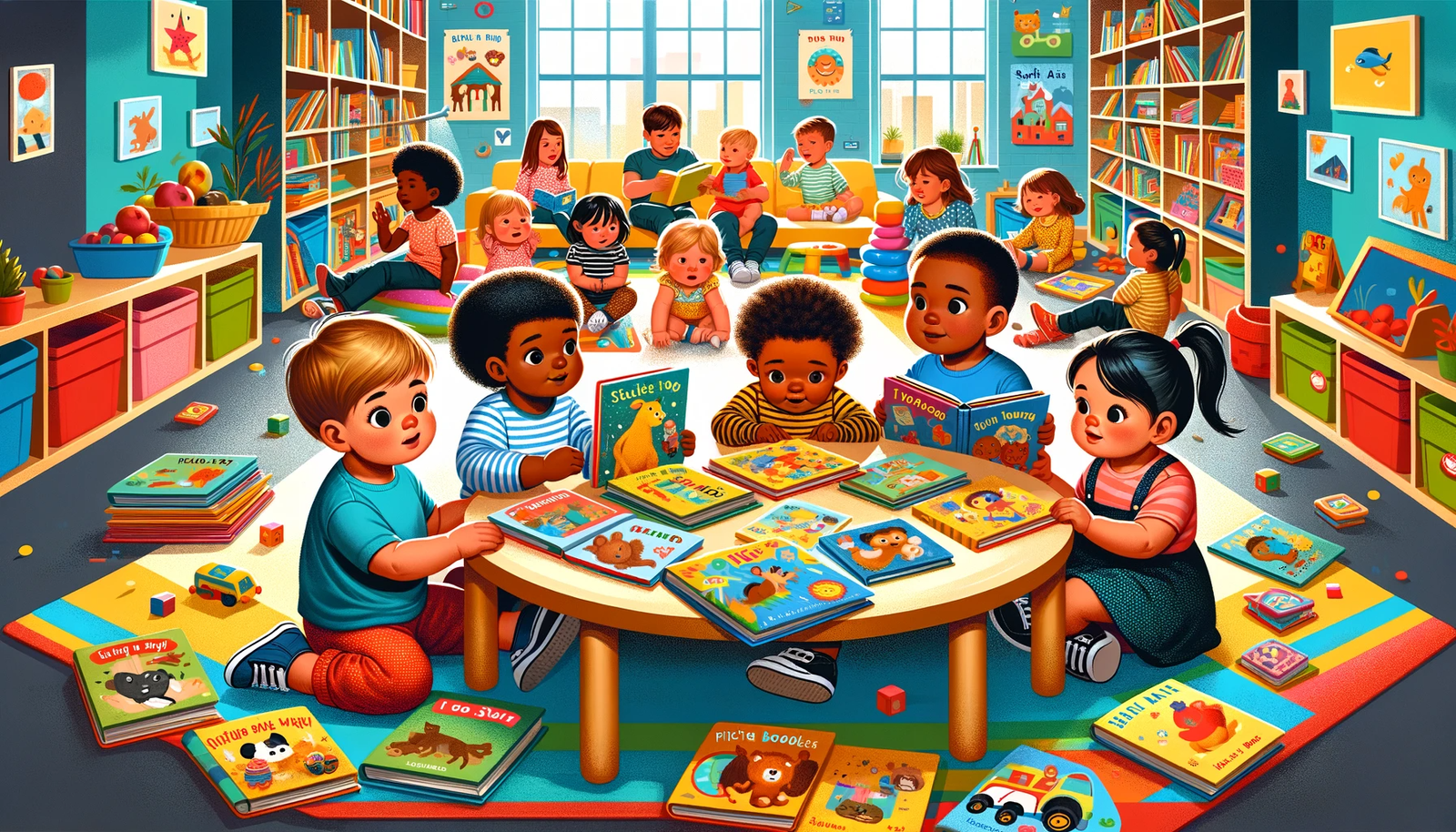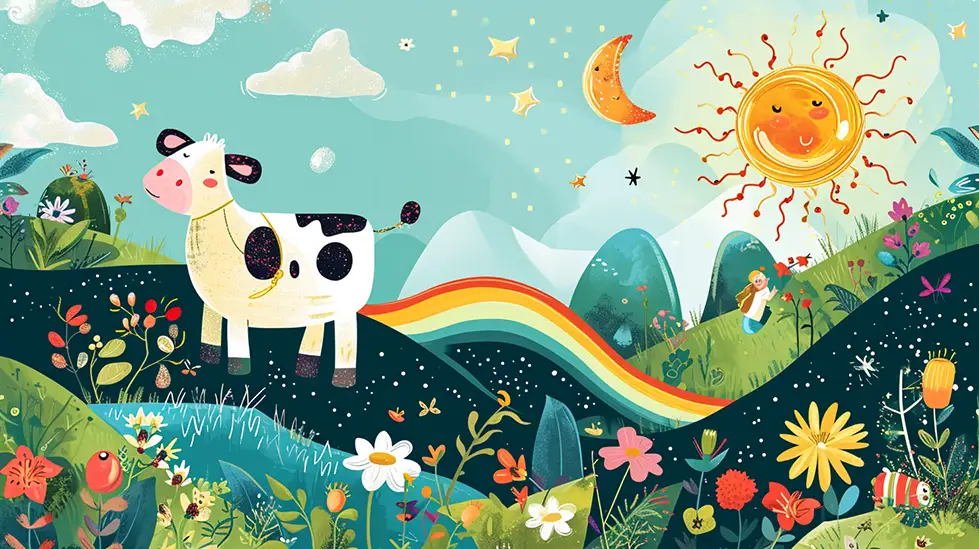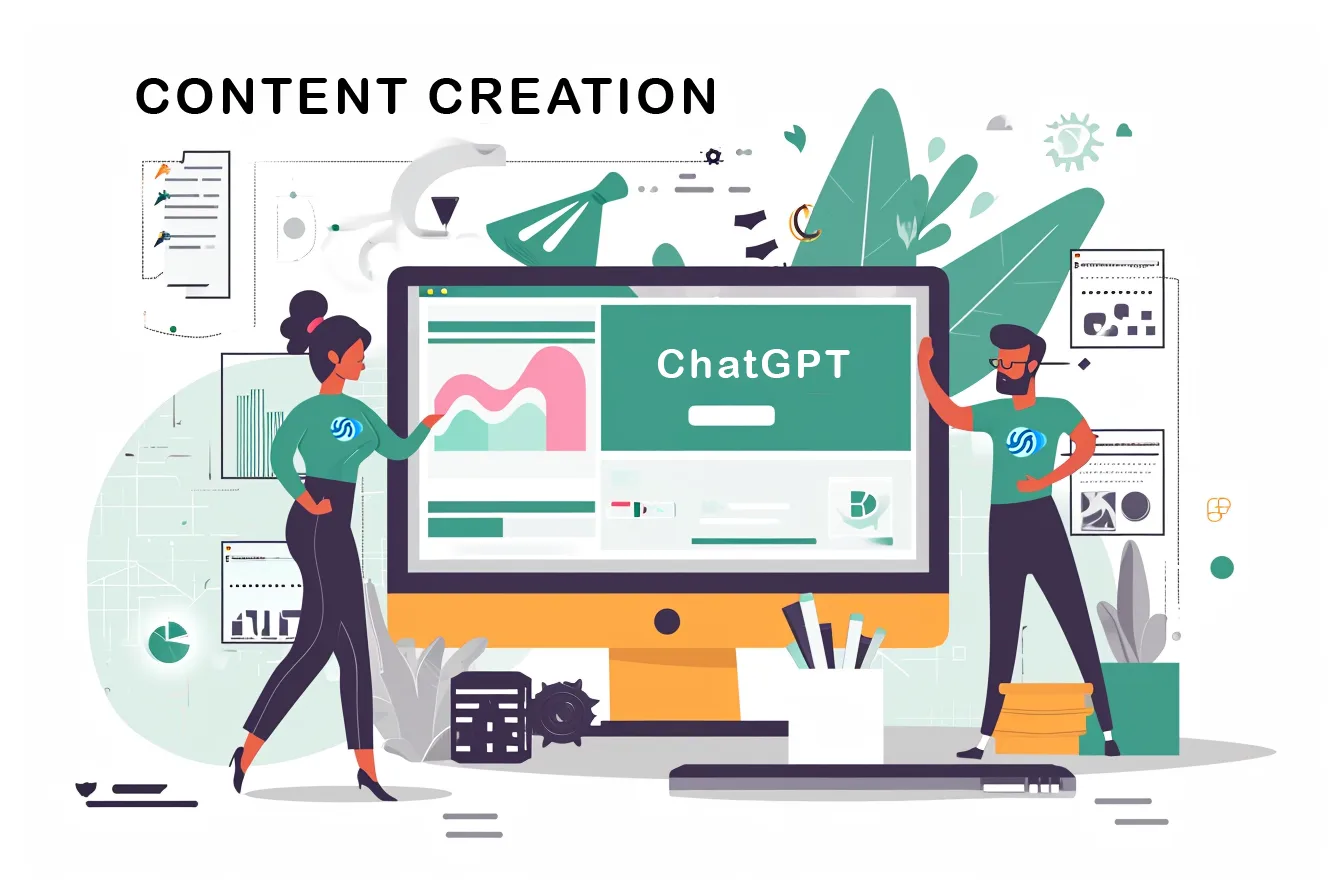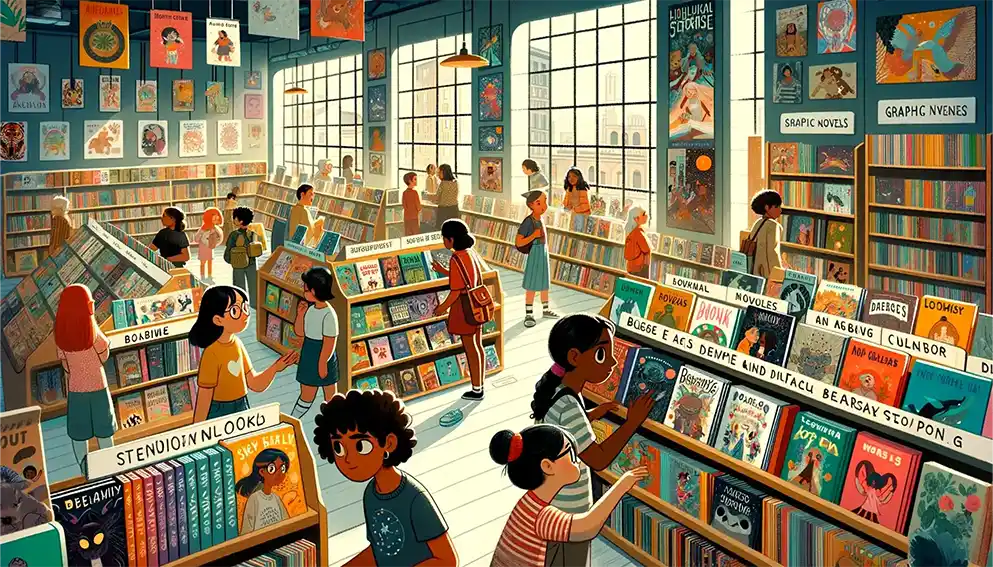Key Takeaways
| Aspect | Key Points |
| Visual Importance | Bright, bold illustrations; large size; simple graphics. |
| Engaging Illustration Traits | Large, vibrant, clear images; familiar objects. |
| Themes for Toddlers | Animals, vehicles, daily routines. |
| Early Concept Learning | Colors, shapes, numbers. |
| Language Skill Development | Emotional recognition, social behaviors. |
| Multisensory Experience | Texture, sound, smell in books. |
| Sparking Curiosity | Exploring the world through books. |
Choosing Books Based on Visuals
When selecting picture books for toddlers, the visuals take center stage. At this early developmental stage, toddlers are just beginning to develop comprehension skills, making the visual elements crucial. Here’s what to look for:
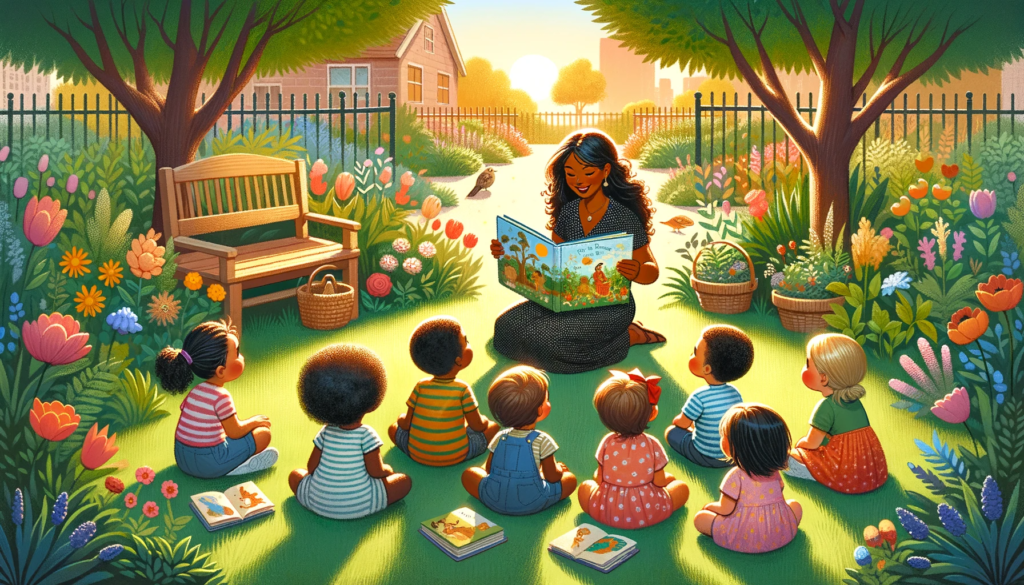
- Bright, Bold Illustrations: Big, colorful pictures grab toddlers’ attention and fuel their imagination more effectively than text.
- Large Size: Opt for books with large formatting so illustrations are clear and easily visible.
- Simple Graphics: Clean, clear drawings with minimal detail are preferable over cluttered pages.
Top Qualities of Engaging Illustrations
The illustrations that truly capture toddlers’ interest share some common characteristics. Here’s what makes them stand out:
- Size Matters: The best books feature illustrations that are large and bold in color.
- Clarity is Key: Choose illustrations that are crisp, detailed, and feature familiar objects.
- Simplicity Supports Understanding: Effective illustrations have minimal detail or words and portray tangible people, places, and things.
Simple Images that Spark Recognition
Choosing books with simple and recognizable images is essential for toddlers. It’s not just about the aesthetics; it’s about connecting with their daily experiences and understanding. Here are some categories to consider:
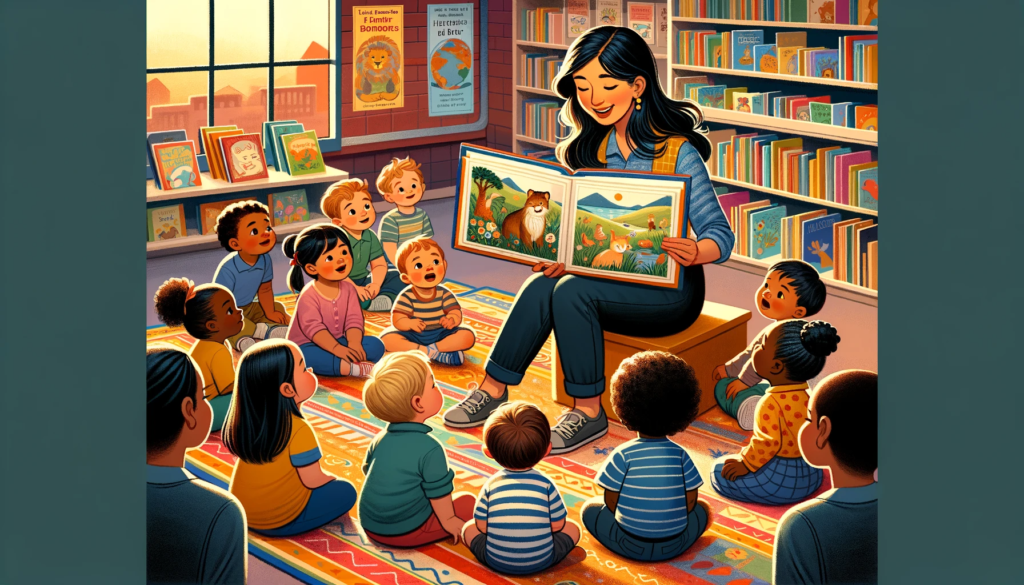
- Foods: Books with images of apples, bananas, sandwiches – everyday foods that toddlers can easily recognize.
- Toys: Dolls, blocks, balls, and other common toys featured in the books can captivate a toddler’s attention.
- Transports: Illustrations of cars, trucks, buses – anything that moves fascinates toddlers.
- Places: Simple depictions of familiar places like home, park, and zoo aid in their understanding of the world around them.
Focusing on these familiar concepts through clear, realistic drawings supports toddlers’ engagement and early learning.
Popular Visual Themes
Certain subjects naturally appeal more to toddlers, largely based on their everyday experiences. Books featuring these themes often capture their interest and curiosity:
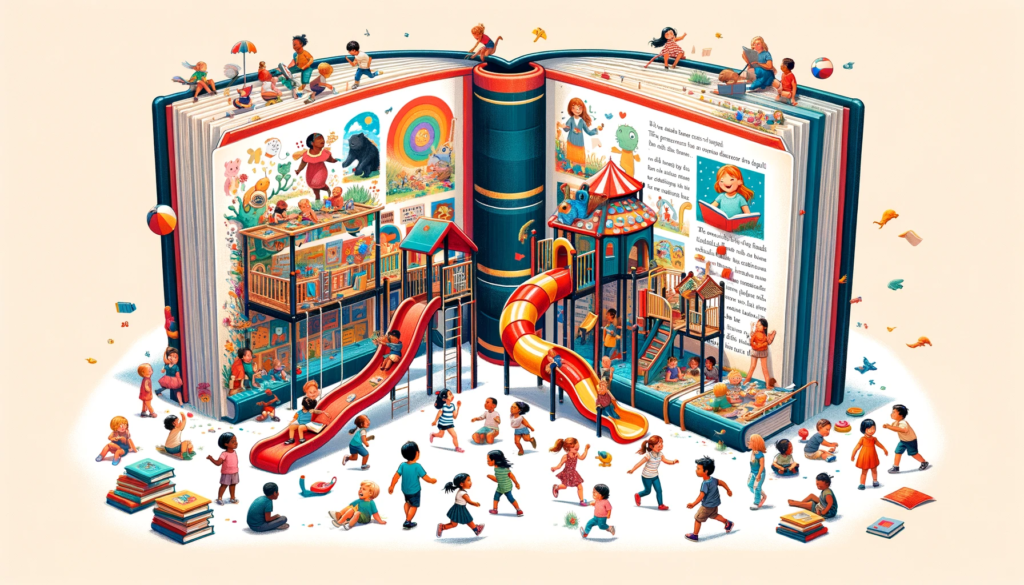
- Animals: Dogs, cats, farm animals – these are perennial favorites among toddlers.
- Vehicles: The motion and sound of cars, trucks, trains can be fascinating to young minds.
- Daily Routines: Reflecting familiar activities like mealtime, bath time, bedtime in books can be both comforting and educational for toddlers.
Books that Teach Early Concepts
Introducing simple concepts to toddlers can be both fun and educational when done through visuals and repetition. Picture books play a key role in this early learning stage:
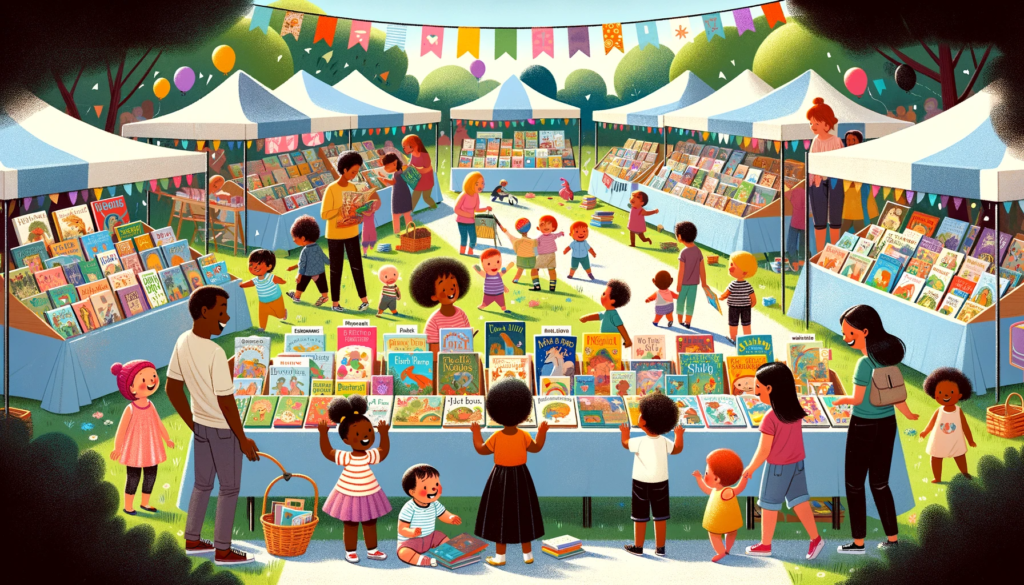
- Colors: Look for books with bright, distinctive colors to spark curiosity and visual learning.
- Shapes: Books that reinforce shape names with clear illustrations help toddlers recognize and understand different shapes.
- Numbers: Stories that involve counting favorite toys or characters are excellent for teaching basic numeracy.
These books not only entertain but also lay the groundwork for essential cognitive skills.
Developing Language Skills
Language development is another critical aspect of early learning, and picture books are invaluable tools in this process:
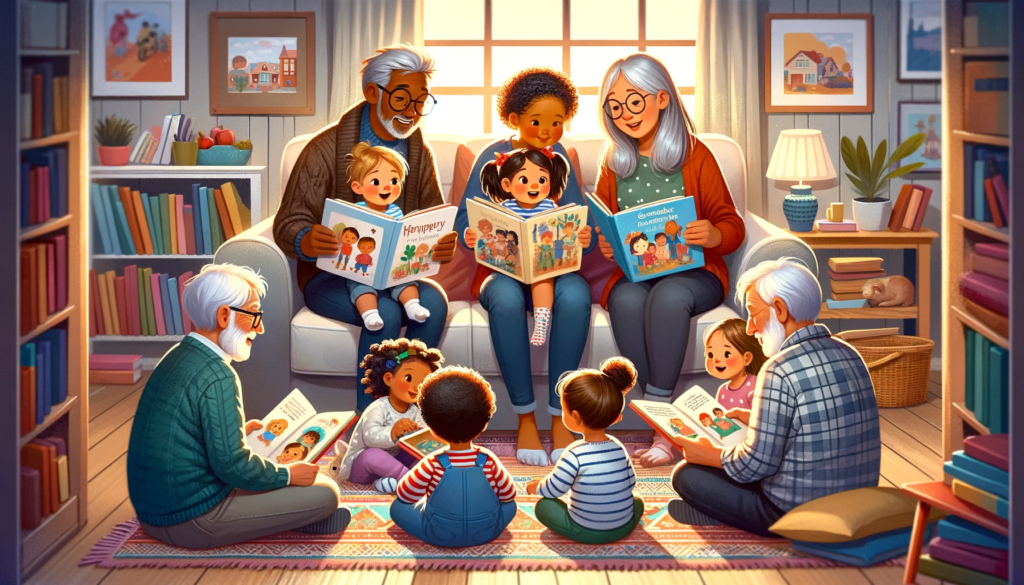
- Emotion Recognition: Books with illustrations showing various facial expressions help toddlers identify and understand different feelings.
- Social Concepts: Reading stories that demonstrate behaviors like sharing and helping others can instill important social skills from a young age.
The combination of visuals and simple narratives in these books supports the development of basic language and social skills, forming a crucial part of a toddler’s growth and learning.
The Five Senses
Multisensory books offer a unique approach to early learning by engaging more than just the visual sense. These books can significantly enhance a toddler’s sensory experience:
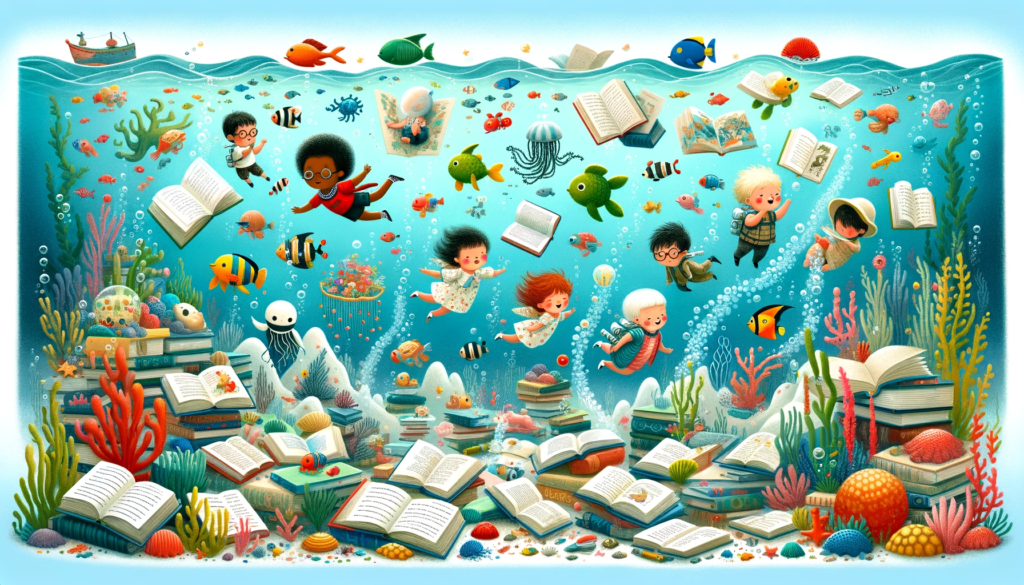
- Texture Pages: Incorporating different tactile elements like soft fur or hard surfaces allows toddlers to explore through touch.
- Sounds: Books that include simple sound words or make noises themselves can captivate and engage a toddler’s hearing.
- Smell: Some books contain scents like cookies or flowers, stimulating the sense of smell and adding another layer to the reading experience.
By engaging multiple senses, these books provide a rich, immersive learning experience for toddlers.
Books that Spark Curiosity About the World
Toddlers are naturally curious, and picture books can be a window to the wider world. These books can pique their interest in various subjects:
- Nature and Environment: Books showcasing forests, gardens, and ponds can bring a walk in the park to life.
- Community Exploration: Stories set in bustling downtowns or quiet neighborhoods allow toddlers to explore different community settings.
- Machinery and Vehicles: Books featuring construction vehicles, trains, or other machinery satisfy a toddler’s curiosity about how things work.
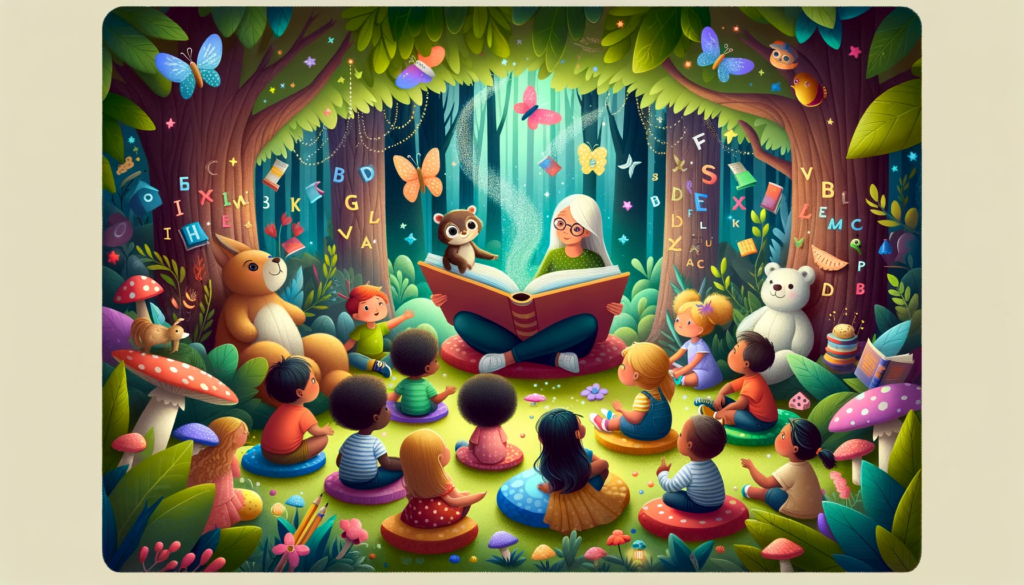
Chunky, interactive board books with flaps or wheels are particularly engaging for hands-on learners, making the learning process both fun and educational.
Developing Pre-Reading Skills
Well-chosen picture books do more than entertain; they lay the foundation for reading readiness. Here’s how they contribute to developing pre-reading skills:
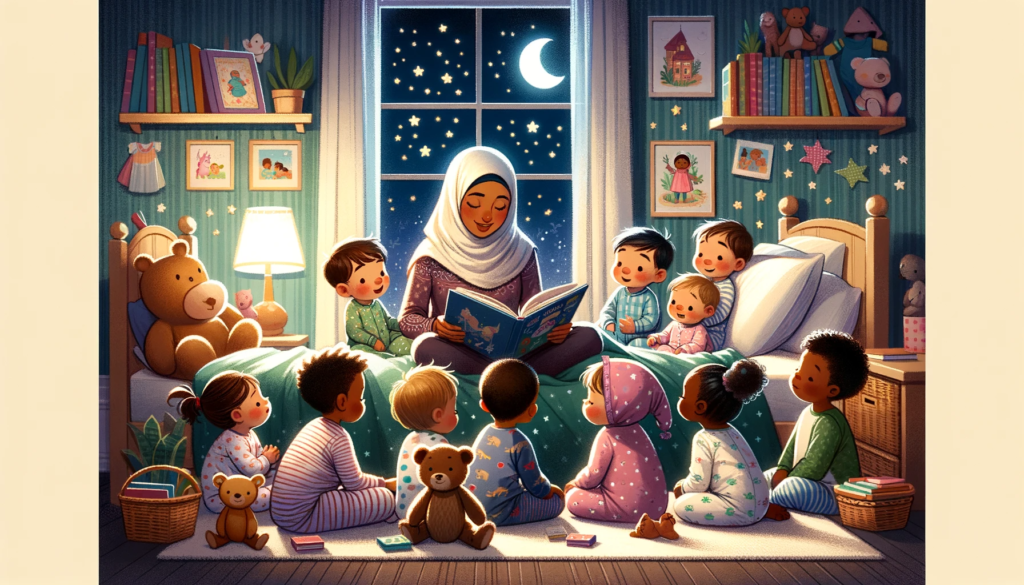
- Sequential Plots and Repetitive Text: These elements in books help toddlers with tracking from left to right across a page, an essential pre-reading skill.
- Hand-Eye Coordination: Identifying familiar images on each page aids in developing this coordination.
- Interactive Elements: Incorporating flaps, sliders, or pull-tabs in books brings to life cause-and-effect relationships, fostering comprehension and persistence.
Engaging with these interactive books cultivates essential skills needed for independent reading.
Making Story Time Educational and Fun
By bringing expression and enthusiasm to reading, parents and educators can reinforce language enrichment and teach toddlers that books are an enjoyable part of everyday life.
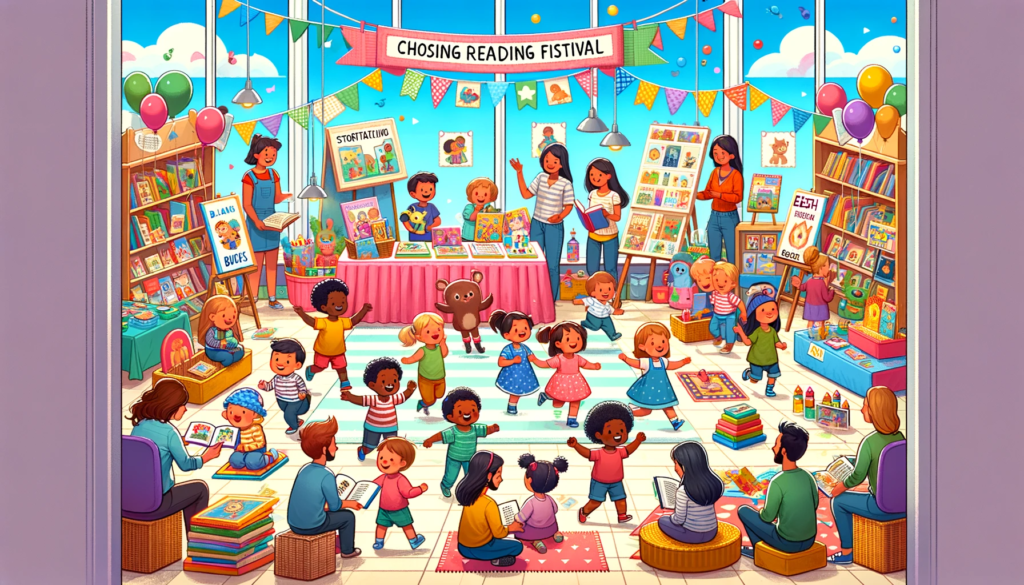
Turning reading into an enjoyable and educational activity is key in early childhood development:
- Rhymes and Rhythm: Books with rhymes and rhythmic patterns provide opportunities for imitation and vocal experimentation, crucial in language development.
- Active Participation: Asking open-ended questions about the illustrations and plot gets toddlers actively involved in the story.
- Social-Emotional Skills: Interactive stories with turn-taking games improve these skills in young children.
Establishing a Daily Reading Routine
Creating a consistent reading routine is crucial for maximizing the educational benefits of shared reading with toddlers. Here are some tips to make reading a daily habit:
- Relaxed Reading Time: Aim to set aside a relaxed time for reading each day, making it a calm and enjoyable experience.
- Special Reading Nook: Having a cozy spot dedicated to reading, equipped with soft blankets and stuffed animals, can make story time more inviting.
- Regular Schedule: Reading at consistent times, such as after naps or before bedtime, helps establish a routine and builds healthy reading habits.
- Low-Pressure Environment: Ensure reading is a pressure-free activity focused on enjoyment and discovery, rather than testing or quizzing.
Signs Your Toddler is Ready for More Challenging Books
As toddlers grow and develop, so do their comprehension abilities. Here are some signs that they might be ready for more complex books:
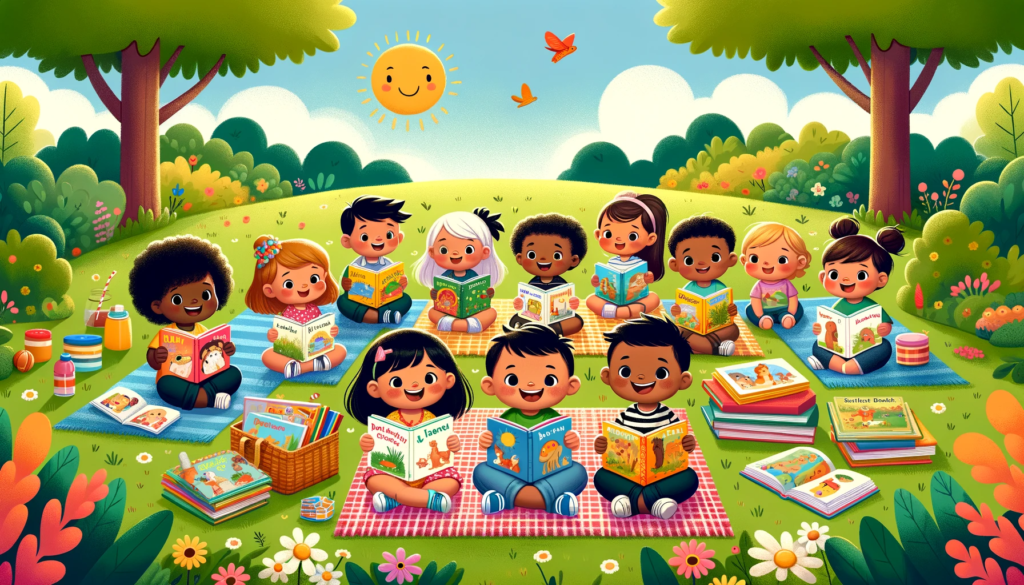
- Increased Attention Span: Being able to focus on a story for longer periods.
- Recalling Favorite Characters: Showing an interest in specific characters and recalling parts of the stories they’ve read.
- Making Choices About Books: Demonstrating preferences and starting to turn pages independently.
Building a Home Library
A diverse home library is a treasure trove for young readers. Here’s how to build one:
- Variety of Genres: Include a range of books, from storybooks to educational titles.
- Recommendations: Utilize lists from reputable sources like the American Library Association for age-appropriate book ideas.
- Reflecting Family’s Culture: Choose books that represent your family’s cultures and identities.
- Library Resources: Take advantage of public library story times, book check-outs, and other free or low-cost resources.
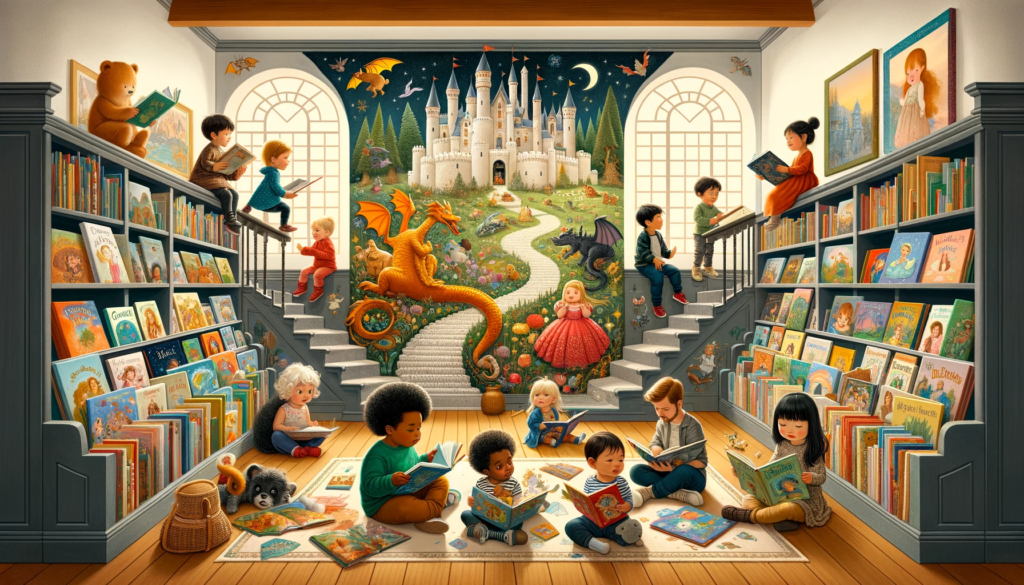
Continuing the Reading Habit
Maintaining enthusiasm for books beyond the toddler years is crucial for laying the foundation for academic success. As children’s attention spans lengthen, introducing a more diverse range of books becomes appropriate:
- Transition to Chapter Books: Around ages 4-5, begin introducing traditional picture books and gradually move to beginning chapter books.
- Engage with Reading: Read with expression, discuss plots, and engage in storytelling to captivate young minds.
- Library Visits: Regular trips to the library can be a fun way to choose new books together and foster a love for reading.
Developing Early Literacy Skills
Regular reading sessions help toddlers develop essential literacy building blocks:
- Print Awareness: Recognizing the front and back of books, understanding that text carries meaning.
- Phonological Awareness: Noticing rhymes and syllables in stories enhances early language skills.
- Vocabulary Development: Discussing new words encountered in stories expands a child’s vocabulary.
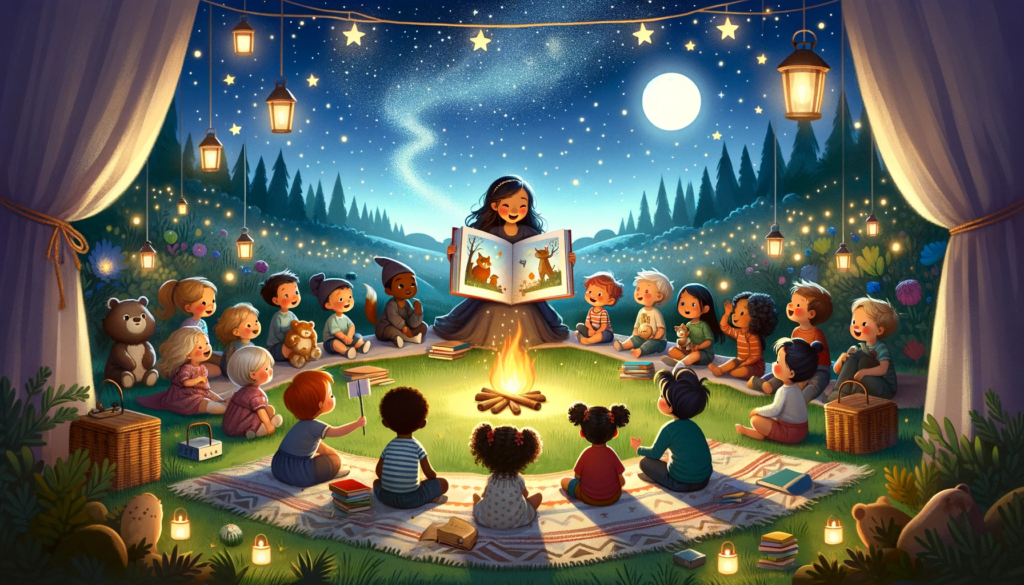
Fostering a Love of Learning
Sharing books provides quality time for bonding and opens doors to imagination and discovery:
- Bonding Over Books: Reading together strengthens emotional bonds and nurtures a sense of security and love.
- Teaching that Knowledge Comes in Many Forms: A home rich in books shows children that learning isn’t just about academics; it’s about exploring the world through stories.
- Cultivating Lifelong Learners: Instilling a love for reading from a young age encourages children to view literacy as an enjoyable and integral part of life.
Conclusion
Choosing the right picture books for toddlers is more than just an exercise in literacy; it’s about nurturing a young mind’s curiosity, creativity, and love for learning. By carefully selecting books with engaging visuals, simple concepts, and interactive elements, we can set the stage for a lifelong journey of reading and discovery. Remember, every book opened is a new adventure and a step towards a bright, informed future for our children.

Ravjar Said is an engineer passionate about social impact. In his spare time, he runs Snowball AI – a YouTube channel exploring the intersections of artificial intelligence, education and creativity. Through innovative projects, he hopes to make AI more accessible and beneficial for all. Ravjar loves helping bring people and technology together for good.
